WR-D4007 半导体电源模块
电力半导体模块是分立半导体器件的经一步发展,它是现代电力电子设备的主要器件。电力电子半导体器件在现代电力电子技术中占据着重要的地位,它正向高频化、大功率化、智能化和模块化方向发展,其中模块化应用更为深入。电力半导体模块产品广泛用于建筑、通信、电力、电子、化工、机械等领域。
a) 使用环境应无剧烈振动和冲击,环境介质中应无腐蚀金属,破坏绝缘的杂质和气氛; b) 模块的工作温度:晶闸管-40℃~+125℃,整流管-40℃~+150℃(均为结温)环境相对湿度≤85%,海拔1000米以下; c) 模块采用强迫风冷时,风速应为6米/秒,环境温度-40℃~+40℃,水冷模块水流量不小于4×103ml/min,进水温度:-5℃~35℃;
(1) 电力电子半导体模块化: 模块化,按zui初的定义是把两个或两个以上的电力半导体芯片按一定的电路结构相联结,用rtv、弹性硅凝胶、环氧树脂等保护材料,密封在一个绝缘的外壳内,并且与导热底板相绝缘而成的。 自从模块原理引入电力电子技术领域以来,已开发和生产出多种内部电路相联接形式的电力半导体模块,诸如双向晶闸管、电力mosfet以及绝缘栅双极型晶闸管(igbt)等模块,使得模块技术得以更快的发展。 伴随着mos结构为基础的现代半导体器件研发成功,人们把器件芯片与控制电路、驱动电路、过压、过流、过热和欠压保护电路以及自诊断电路组合起来,密封装在同一绝缘外壳内称之为智能化电力半导体模块,即ipm。 为了提高整个系统的可靠性,以适应电力电子技术向高频化、小型化、模块化方向发展。在ipm的基础上,再增加一些逆变器的功能,使逆变电路(ic)的所有器件以芯片形式封装在一个模块中,便成为用户专用电力模块(aspm),这样的模块更有利于高频化。
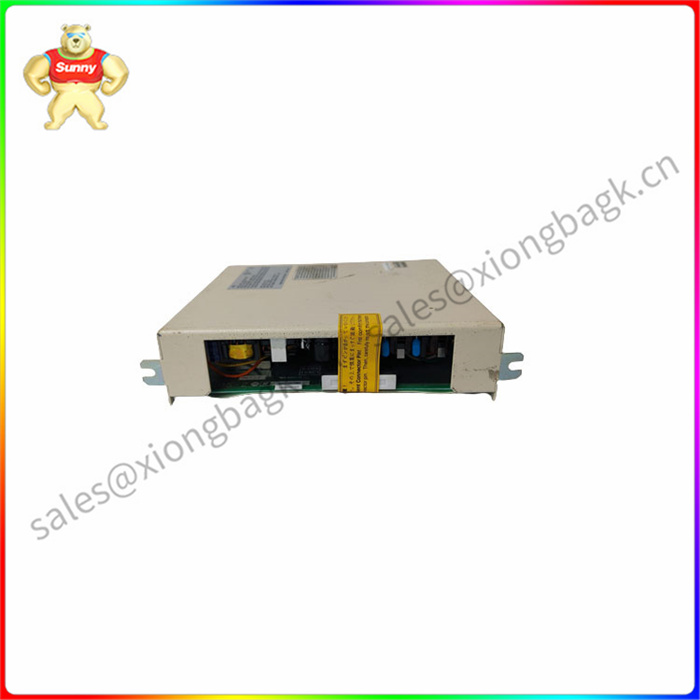
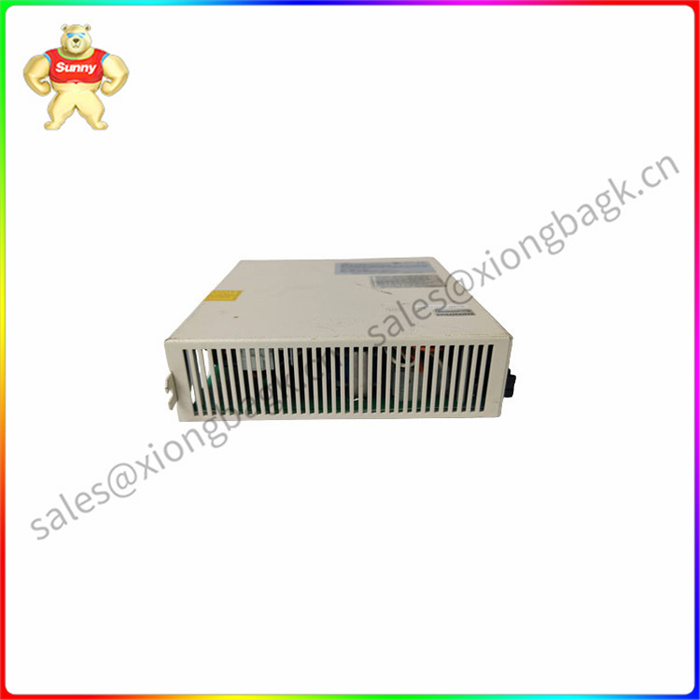
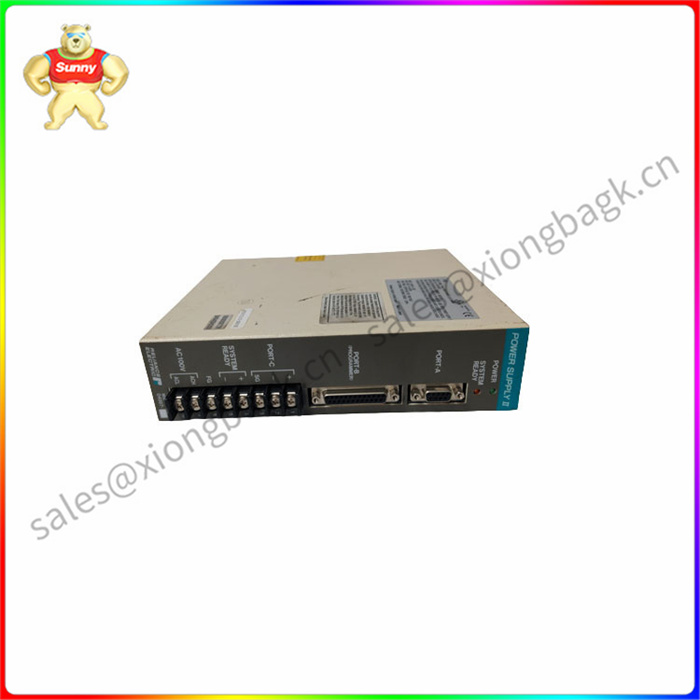
WR-D4007 半导体电源模块
Power semiconductor module is a step development of discrete semiconductor devices, which is the main device of modern power electronic equipment. Power electronics semiconductor devices play an important role in modern power electronics technology, which is developing in the direction of high frequency, high power, intelligence and modularization, and the modularization application is more in-depth. Power semiconductor module products are widely used in construction, communication, power, electronics, chemical, machinery and other fields.
a) There should be no violent vibration and shock in the use environment, and there should be no corrosive metal and impurities and atmosphere that destroy insulation in the environmental medium; b) Module operating temperature: thyristor -40℃ ~ +125℃, rectifier tube -40℃ ~ +150℃ (all junction temperature) ambient relative humidity ≤85%, altitude below 1000 meters; c) When the module adopts forced air cooling, the wind speed should be 6 m/s, the ambient temperature should be -40 ° C ~ +40 ° C, the water flow rate of the water-cooling module should not be less than 4×103ml/min, and the inlet temperature should be -5 ° C ~ 35 ° C;
(1) Power electronics semiconductor modularization: Modularization, according to the original definition, is to connect two or more power semiconductor chips according to a certain circuit structure, with rtv, elastic silicon gel, epoxy resin and other protective materials, sealed in an insulating shell, and insulated with the thermal base plate. Since the module principle was introduced into the field of power electronics technology, a variety of power semiconductor modules with internal circuit connections have been developed and produced, such as bidirectional thyristors, power MOSFETs and insulated-gate bipolar thyristors (IGBTs), which makes module technology develop faster. With the success of the development of modern semiconductor devices based on the mos structure, people combine the device chip with the control circuit, the drive circuit, the overvoltage, overcurrent, overheating and undervoltage protection circuit and the self-diagnosis circuit, and seal it in the same insulating shell called the intelligent power semiconductor module, that is, ipm. In order to improve the reliability of the whole system, in order to adapt to the development of power electronics technology towards high frequency, miniaturization and modularization. On the basis of ipm, add some inverter functions, so that all the devices of the inverter circuit (ic) are packaged in a module in the form of a chip, and it becomes a user-specific power module (aspm), such a module is more conducive to high-frequency.
WR-D4007 半导体电源模块
| A-B | 1326AB-B410J-21 |
| ABB | BCU-22 |
| ABB | FPR3323101R1012 |
| A-B | 1756-L72 |
| ABB | UNITROL 1010 |
| LAUER | EPC1200TC |
| RELIANCE | S-D4030A |
| TRIPLEX | T9110 |
| ICS | T9110 |
| ABB | REF615 |
| ABB | 3HAC041443-003 DSQC639 |
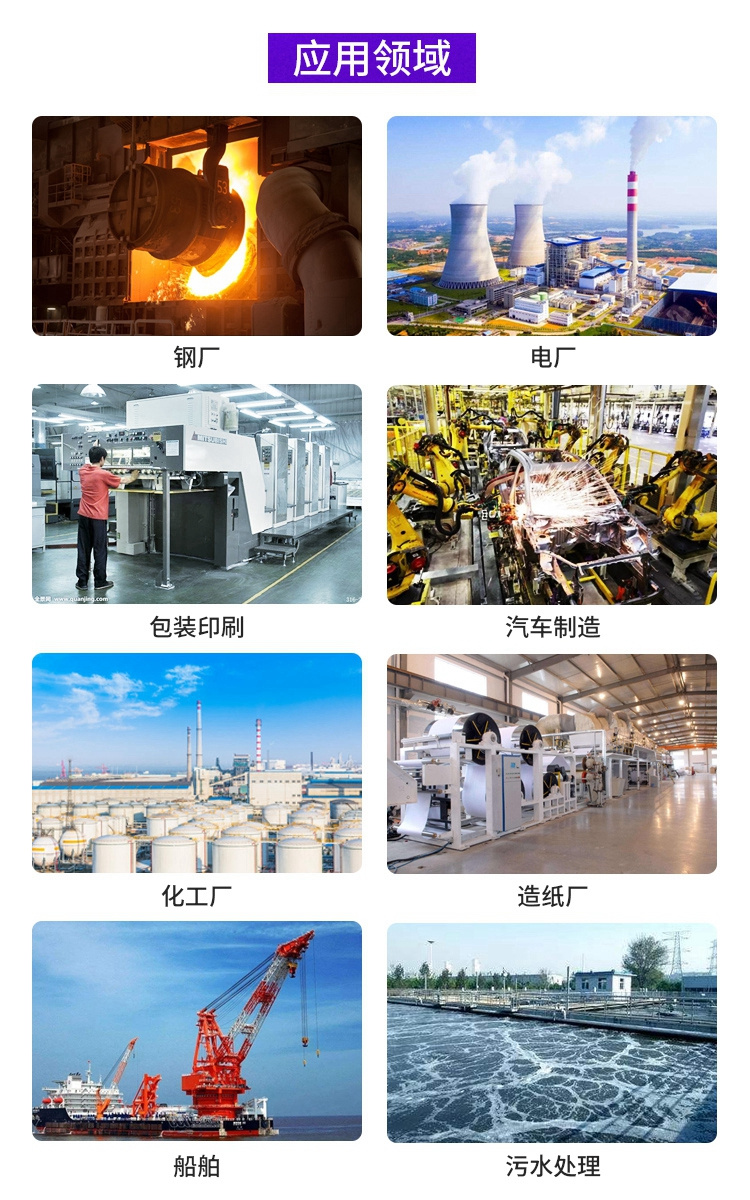

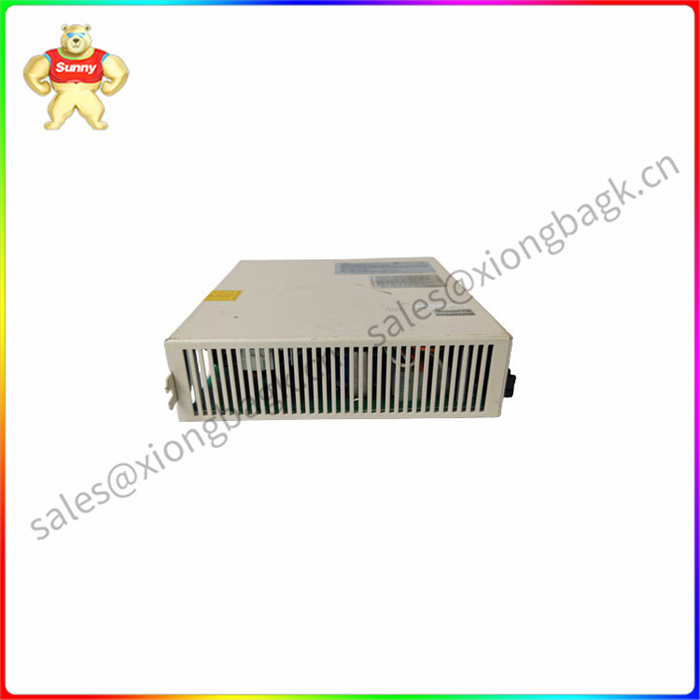
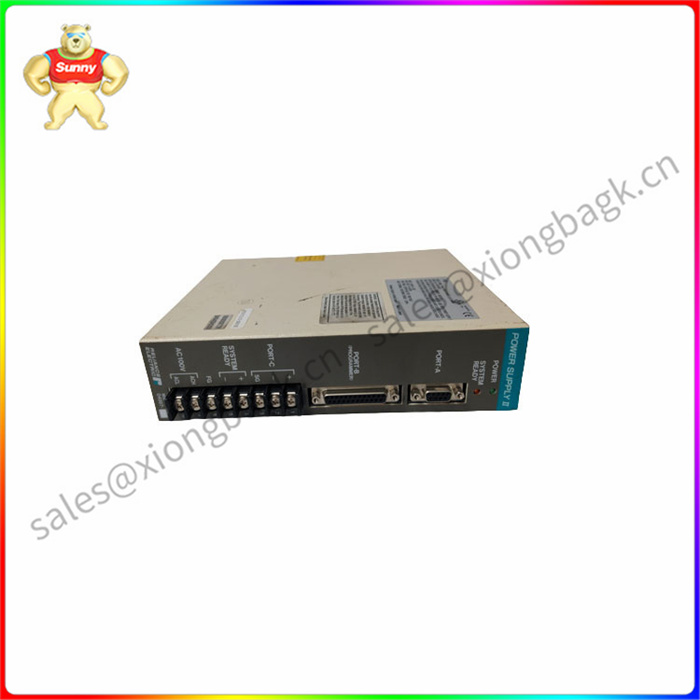
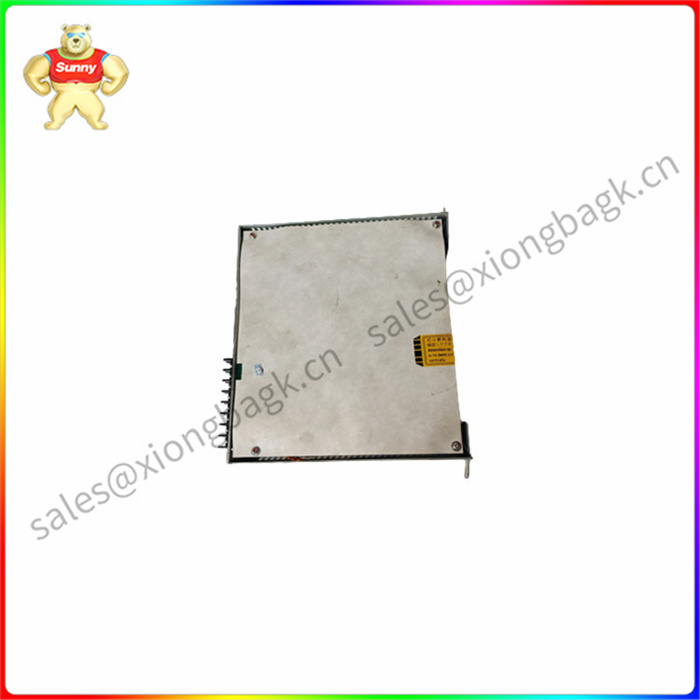
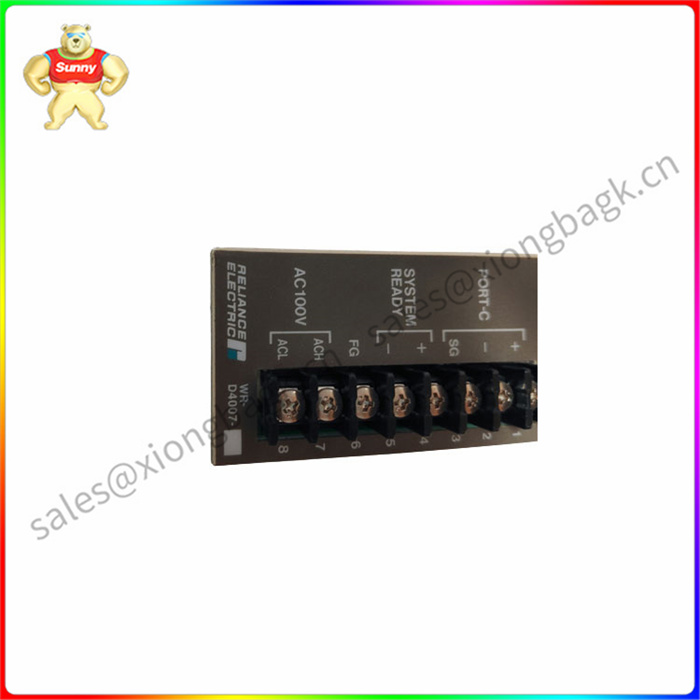



 QQ在线客服
QQ在线客服